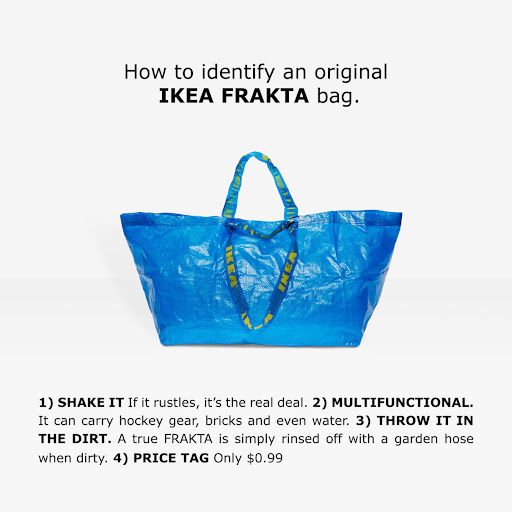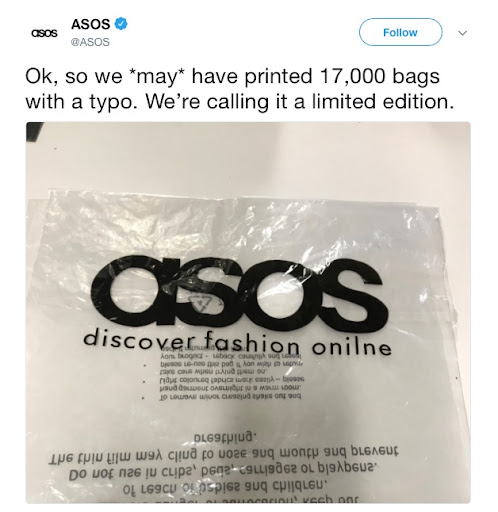Real-Time Content: How To Seize Trending Opportunities Using Real-Time Marketing
Real-time marketing (RTM) is when a brand’s marketing team uses its platforms to react quickly to news or events in an effort to boost brand awareness. It also involves responding to customers instantly.
Here are some examples of happenings that brands can use to create a real-time marketing message that resonates well with their target audience:
- Plannable events. For example, public holidays, award ceremonies, International Women’s Day, the World Cup final, or a new movie’s premier.
- Breaking news. This could be local, national, or global, depending on the relevancy to your target audience.
- Another brand’s mistakes. Make humorous content to gain publicity from other brands’ mistakes, but be careful not to break defamation laws.
- Your own mistakes. Mistakes trend, so own it, be transparent, and make content out of your brand’s errors.
- Trends. For example, social media challenges, TikTok trends, an influencer’s pregnancy announcement, or Love Island memes.
- Customer feedback or comments. Responding to social media comments can create engagement between your brand and consumers.
Why Is Real-Time Marketing Important?
Real-time marketing is an essential strategy that businesses should incorporate to raise brand awareness, enhance customer engagement, and stay relevant. Here is why:
- It increases engagement. Consumers are kept engaged by tailored content, social media conversations between brands and customers, and ‘feuds’ between multiple popular brands.
- It helps in diversifying content. Social media posts, comments, and graphics are short-form content, which offers something different from the long-form content used often in a brand’s marketing strategy.
- It’s cost-effective. You don’t have to spend lots of money on RTM; you just need creativity and quick thinking to link your brand with current happenings through a simple post on any marketing channel.
- It invokes a sense of urgency. You can use current events or news to tailor your content to make consumers realize that your offering is quite helpful in the present moment. This gives them a sense of urgency, making them engage with your product or service.
Real-Time Marketing Tactics To Seize Trending Opportunities
Keep an eye out for trends
It is essential to catch trends as they happen, especially if you want to improve your digital PR. Here are four ways to do that:
- Set up Google Alerts so that you receive an email when new web pages, articles, or blogs match your chosen topic.
- Keep track of real-time events such as when the Love Island final or World Cup final is.
- Follow influencers as they are usually on top of social media trends and challenges.
- Follow all social media platforms closely to know what people are talking about.
Be ready to post
Have the resources and tools in place to act quickly, so you can jump on a trend or create a graphic within minutes of something happening. Opportunities are short-lived, and you’ll need to get the marketing message out before the popularity of a trend starts declining.
It is more beneficial for your real-time marketing content to be the first of its kind than the best. Consumers perceive late content like you perceive a joke you’ve already heard – not funny, boring, and irritating.
Be active
Be active on all the social media platforms your target audience would use, including Facebook, X (formerly Twitter), TikTok, and Instagram.
Being active doesn’t just mean your brand has an account but that someone on the account is ready to participate in conversations with customers, reply to comments, and ask and answer questions.
How Other Businesses Have Seized Trending Opportunities Using Real-Time Marketing
JetBlue Airways
In May 2014, a passenger tweeted: “Goodbye, California! Thanks @JetBlue for the #flyfi!”. This began a friendly and casual conversation between the passenger and the marketer using JetBlue’s Twitter (now X) account, where the passenger told the low-cost airline she expected “a welcome parade” when she landed in Boston.
Hours later, members of the JetBlue crew welcomed the passenger with signboards at the airport, resulting in positive consumer engagement on Twitter from those impressed with the airline’s quick thinking and timely action.

(Image Source: JetBlue on X)
Ikea
In April 2017, luxury brand Balenciaga released a £1,600 bag that looked similar to the design of Ikea’s classic blue shopping bags.
Ikea noted what similarities were pointed out by customers before reacting with a humorous graphic that gave directions on how to differentiate between the two bags.

(Image Source: Acne)
Wendy’s
In May 2017, a Twitter (now X) user named Carter Wilkerson wrote: “Yo @Wendys, how many retweets for a year of free chicken nuggets?”. Wendy’s marketing team quickly answered his question with “18 million”.
The joke began taking shape when the tweet went viral, and the likes of Apple, Amazon, and Google used their platforms to help Carter gain more retweets.
ASOS
In March 2018, ASOS printed 17,000 plastic bags, used for shipping their products, that misspelled “online”.
However, they used their mistake to poke fun at themselves and earn free publicity by tweeting: “We *may* have just printed 17,000 bags with a typo. We’re calling it a limited edition.” Soon everyone wanted to place an order and get one of the bags.

(Image Source: Big Marketing)
This is an unconventional example of RTM, as the brand mistakenly created the real-time event.
Burger King
In July 2019, season three of Stranger Things premiered, inspiring a Burger King social media post to engage fans of the television series.
Other brands, including Mcdonald’s and Moshi Shoes, also used the premiere to make content.
Samsung
In October 2020, Apple announced they would no longer provide plug-in wall chargers with their iPhones.
Samsung used the global news to dominate their competitor by reminding consumers on Facebook that chargers always accompany their Galaxy phones.
However, Samsung has since followed suit and no longer provides wall chargers with its phones.
Conclusion
With rapidly moving trends, the most crucial tactic for effective real-time marketing is to be quick. However, it is still essential to produce relevant content that mixes your brand with news or trends to engage consumers and evoke their emotions.
It is also crucial to avoid controversial topics or know the context in which you’re putting your brand in. Any content or comments on religion, politics, or sexuality must be well-thought-out, or it could affect your brand’s credibility in a harmful way.









